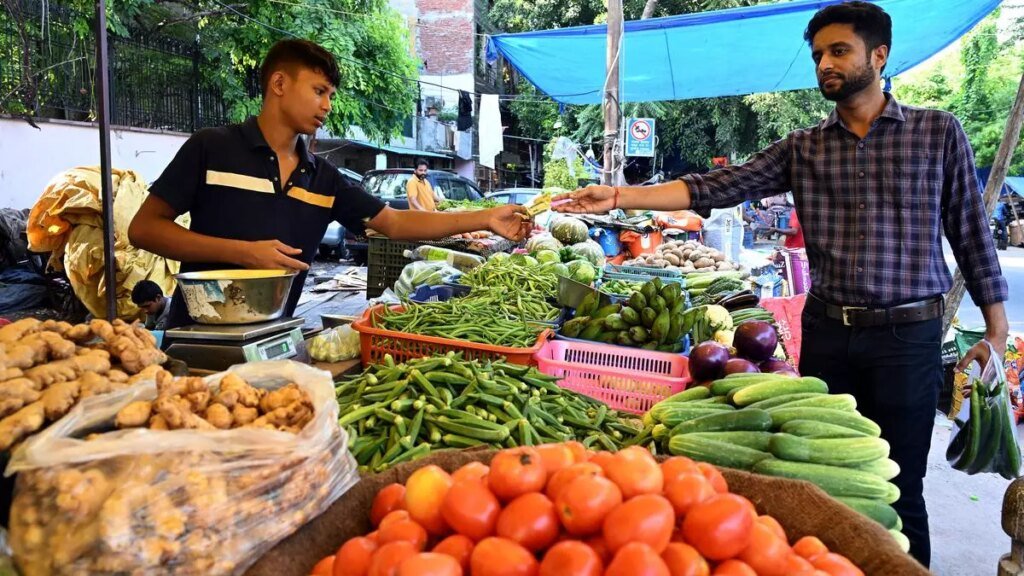Editorial. Monetary easing in the West good news for India

Inflation’s downward drift in advanced economies including the US, European Union and the UK opens up room to ease up on their restrictive monetary policy. These policies were put in place to combat surging prices in the aftermath of the Covid-19 pandemic and the Ukraine war. The US Federal Reserve maintained its federal funds rate in the range of 5.25 to 5.5 per cent in its monetary policy last week, but indicated the possibility of a rate cut from September.
The Bank of England, in fact, cut its policy rate to 5 per cent from 5.25 per cent last week, the first rate-cut since March 2020. The European Central Bank has been ahead of its peers, cutting its policy rate by 25 basis points in June last. The other central bank which held its monetary policy meeting last week, the Bank of Japan, did the reverse, hiking its policy rate to 0.25 per cent. Japan’s central bank seeks to control prices and support its currency. However, it is clear that central banks of advanced economies are moving towards policy normalisation.
That the interest rate cycle in the US could turn downward is borne out by the core PCE (personal consumer expenditures) inflation in the US moderating to 2.6 per cent in June (it has been trending downwards since September 2023 when it was 3.4 per cent). The current inflation is more in line with the Fed’s long-term goal of 2 per cent. The Fed’s tight monetary policy over the last two years seems to have helped in moderating demand and aligning it with supply. As a result of fewer bottlenecks in global supply chains and a demand contraction, inflation in most advanced economies has moved towards the 2 per cent mark. This gives their central banks room to cut policy rates to support growth (up in the US from 1.4 per cent in Q1 of 2024 to 2.8 per cent in Q2). But headline inflation rate remains sticky, at above 4 per cent, in emerging markets such as Brazil, Russia, India and South Africa where food prices have acted as triggers.
The reversal in interest rate cycle in the US and other advanced economies gives the Reserve Bank of India (RBI) the room to reduce policy rates when inflation cools towards the magic 4 per cent mark. However, headline inflation in India is proving to be sticky with the consumer price index reading at 5.08 per cent in June, driven by a surge in prices of vegetables. With risk of the south-west monsoon falling short in many regions, food inflation could hold the RBI’s hand in reversing its interest rate cycle in the near future. That said, improved growth in advanced economies spells good news for India’s services and merchandise exporters. Inward remittances from the Indian diaspora as well as foreign direct and portfolio inflows could improve once Western central banks reverse restrictive monetary policies. A wider interest rate differential would mean that the RBI does not have to worry about fund outflows. The Monetary Policy Committee can focus on reducing rates to support growth.








